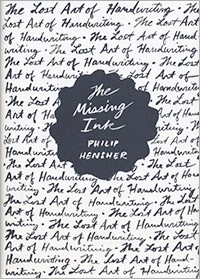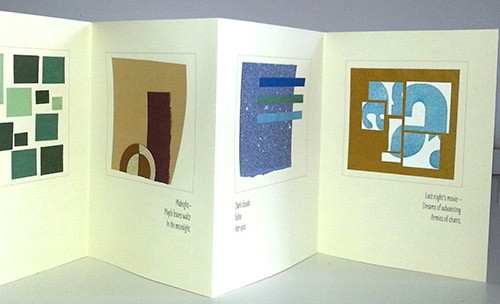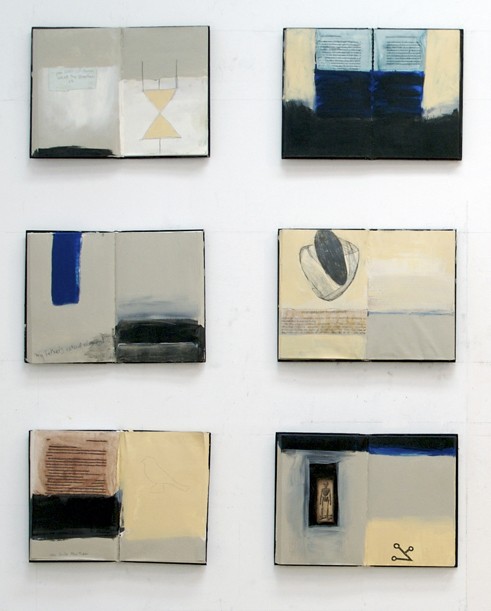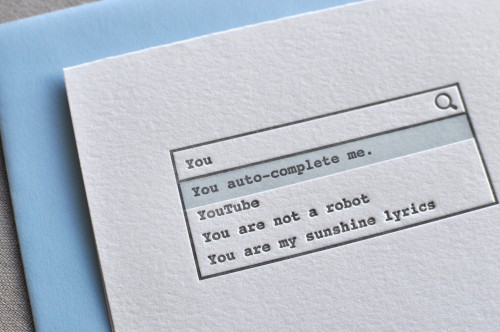 In addition to paying attention to my own handwriting, today I finished reading The Missing Ink: The Lost Art of Handwriting. The author, Philip Hensher, bemoans the decline of handwriting in this witty book of essays about, among other things, the development of handwriting teaching methods in the 19th century, the invention of the Bic pen (or Biro as it’s called in Britain) and the rise of the not-very-scientific science of graphology (how to read a person’s character by his handwriting). Interspersed are anecdotes, lists and people recollecting how they learned to write. He quotes a study that found that children who write legibly do better in school, they are more interested in learning and their compositions are better. He says handwriting “involves us in a relationship with the written word which is sensuous, immediate and individual.” Highly recommended!
In addition to paying attention to my own handwriting, today I finished reading The Missing Ink: The Lost Art of Handwriting. The author, Philip Hensher, bemoans the decline of handwriting in this witty book of essays about, among other things, the development of handwriting teaching methods in the 19th century, the invention of the Bic pen (or Biro as it’s called in Britain) and the rise of the not-very-scientific science of graphology (how to read a person’s character by his handwriting). Interspersed are anecdotes, lists and people recollecting how they learned to write. He quotes a study that found that children who write legibly do better in school, they are more interested in learning and their compositions are better. He says handwriting “involves us in a relationship with the written word which is sensuous, immediate and individual.” Highly recommended!





